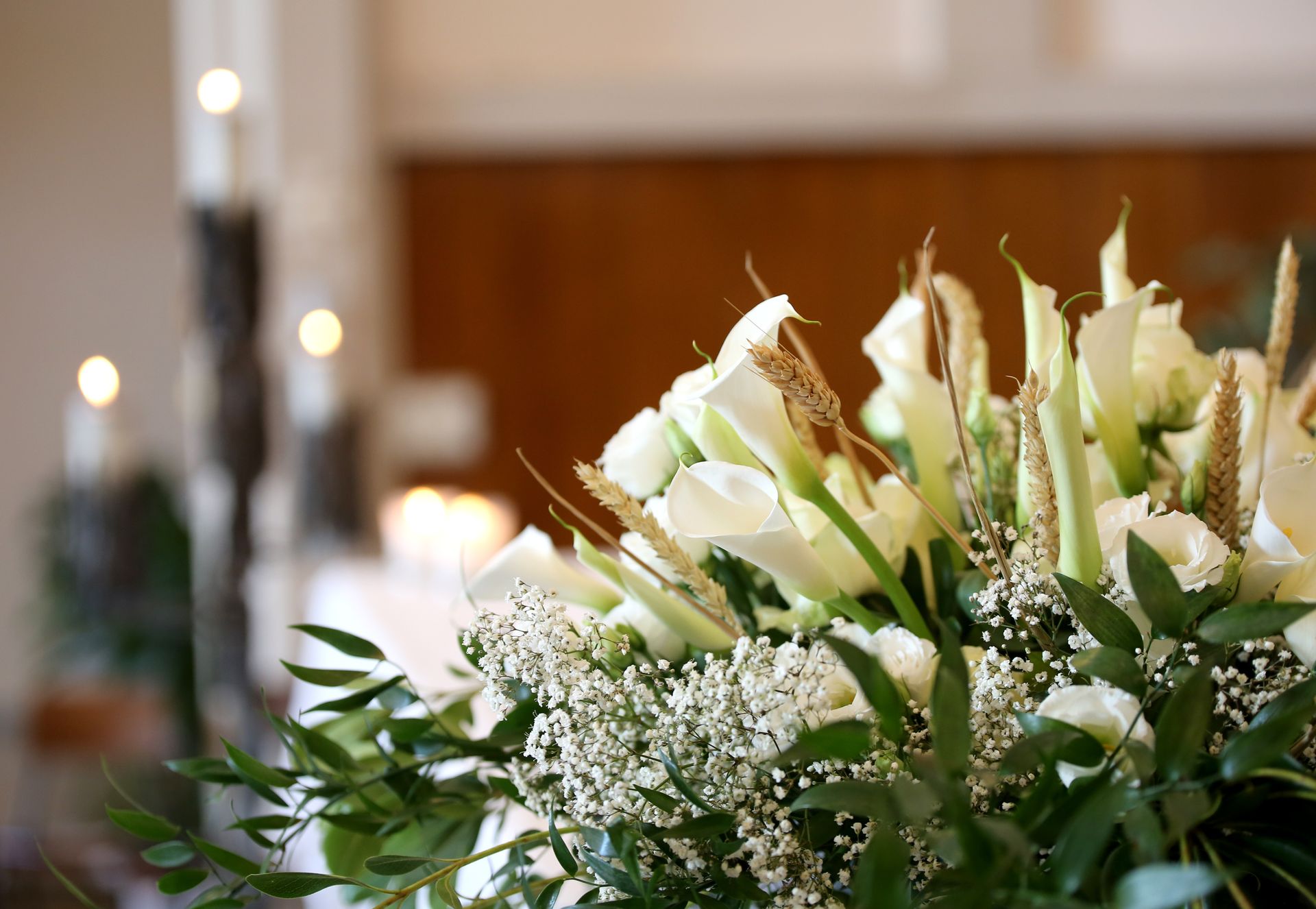Helping yourself heal from grief and loss
Nature's Symphony
Just as no two people experience the exact same symptoms of grief, a successful healing process after a loss is unique to each individual. We’ve collected some ideas for being proactive during your grieving process.
Seek support
Feelings of loneliness are natural following a loss, and while making an effort to stand on your own two feet is certainly a noble goal, it’s OK (even healthy) to lean on others when you’re feeling low or overwhelmed. Interacting with friends and valued communities can provide an important reminder of all the positivity and love that still surrounds you.
Avoid the urge to isolate yourself, if possible, and reach out to friends and family members for company or assistance when you’re ready. Sometimes the people who love us don’t know what to say or how to help, so be prepared to be specific in telling them what you need.
Support groups can provide valuable opportunities to connect with others who are going through experiences similar to yours. One quick and easy method for finding a local grief support group is to visit the Grief Share website. A simple search for your location should provide some good options.
Self-care
Taking care of yourself is an essential element in the healing process. Keep these ideas in mind:
- Eat healthfully and regularly
- Get plenty of rest and sleep
- Attempt to exercise, even moderately
- Share your feelings with others rather than bottling them up
- Allow yourself to cry
- Keep a journal
Remember that grieving takes time and that your experiences and emotions can reoccur. Be patient and allow yourself to heal at your own pace.
Where and when to seek help from a professional
Speaking with a therapist during a difficult time is often helpful and comforting, so nobody should shy away from the prospect if it sounds productive. Experts highly recommend seeking professional help if you might be experiencing either of the following:
Clinical depression
Right after a loss, you will probably feel depressed. In fact, many of the most common symptoms of grief overlap with those of clinical depression. But there is a difference between grief and depression. Here are some signs that you might be experiencing clinical depression:
- Your sadness does not subside over time
- Your sadness is omnipresent, rather than coming in waves
- You feel hopeless or even suicidal, as though life will never get back to normal
- You’ve pulled further and further away from your friends and family
- No grief-coping strategies seem to have worked for you
Complicated grief
Complicated grief is defined by an inability to move on after a loss. We know that grieving is a process with an unfixed duration, but regular grief takes the griever on a journey toward healing. Somebody experiencing complicated grief will generally become fixated on his or her loss, resulting in prolonged and painful symptoms. If you find that over a long period of time, you haven’t found the ability to accept the loss and embark upon a normal life, you may be experiencing complicated grief.
If you identify with the descriptions of clinical depression or complicated grief, seek out the help of a mental health professional immediately.









